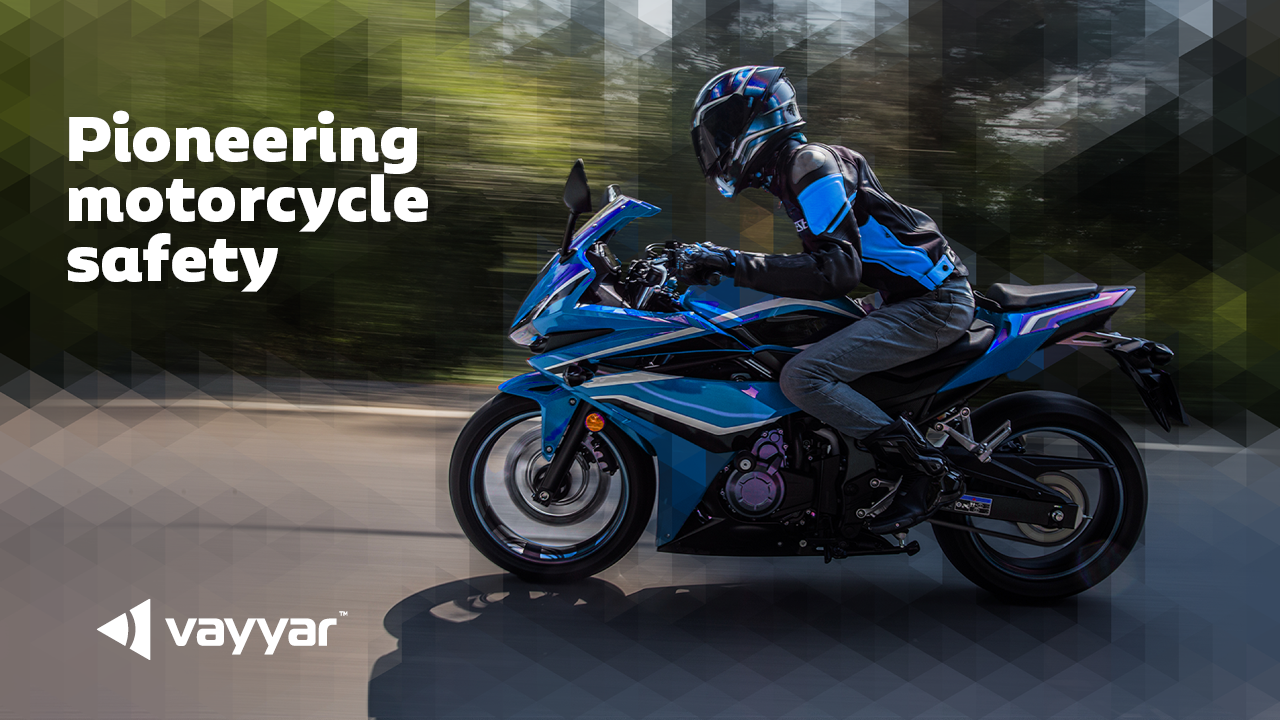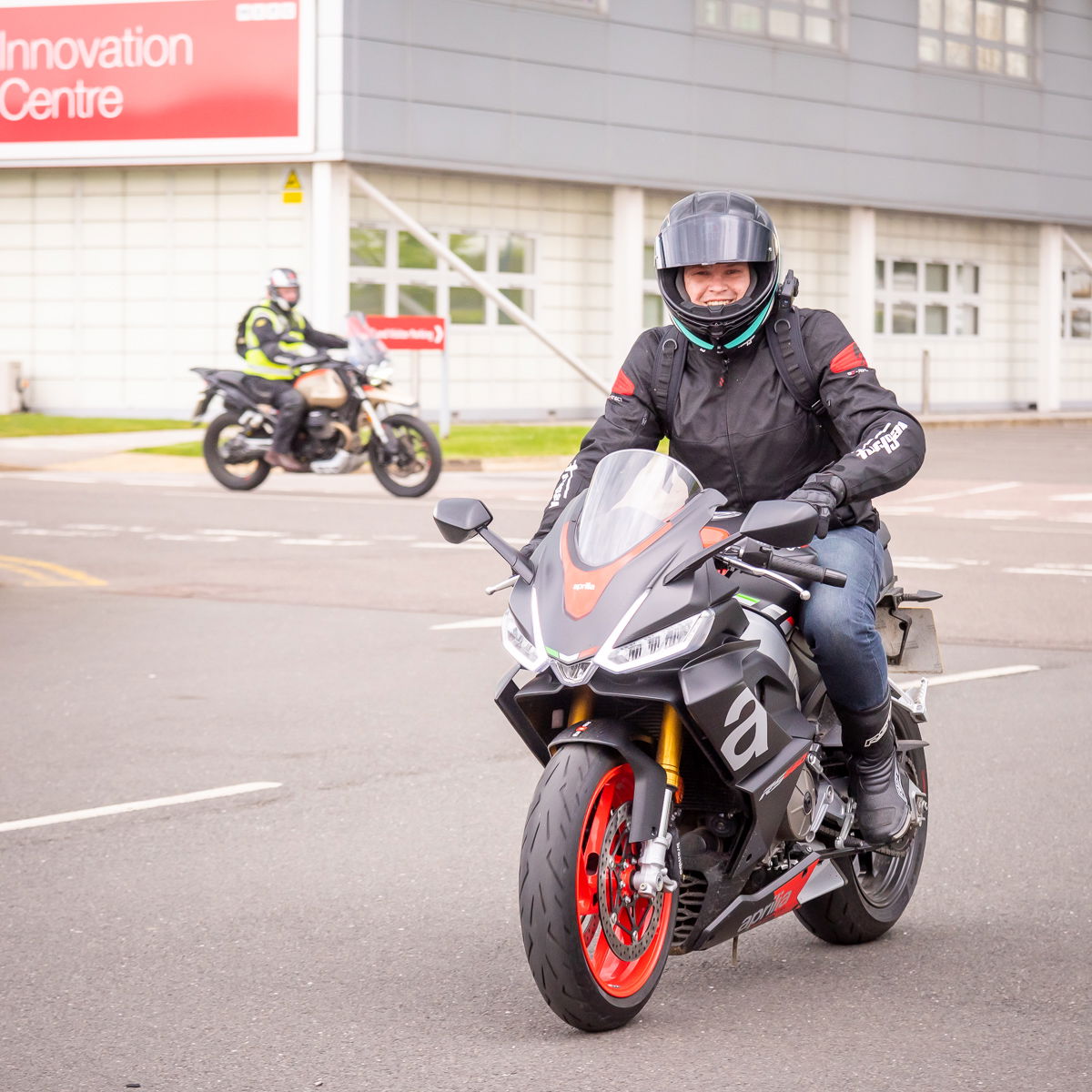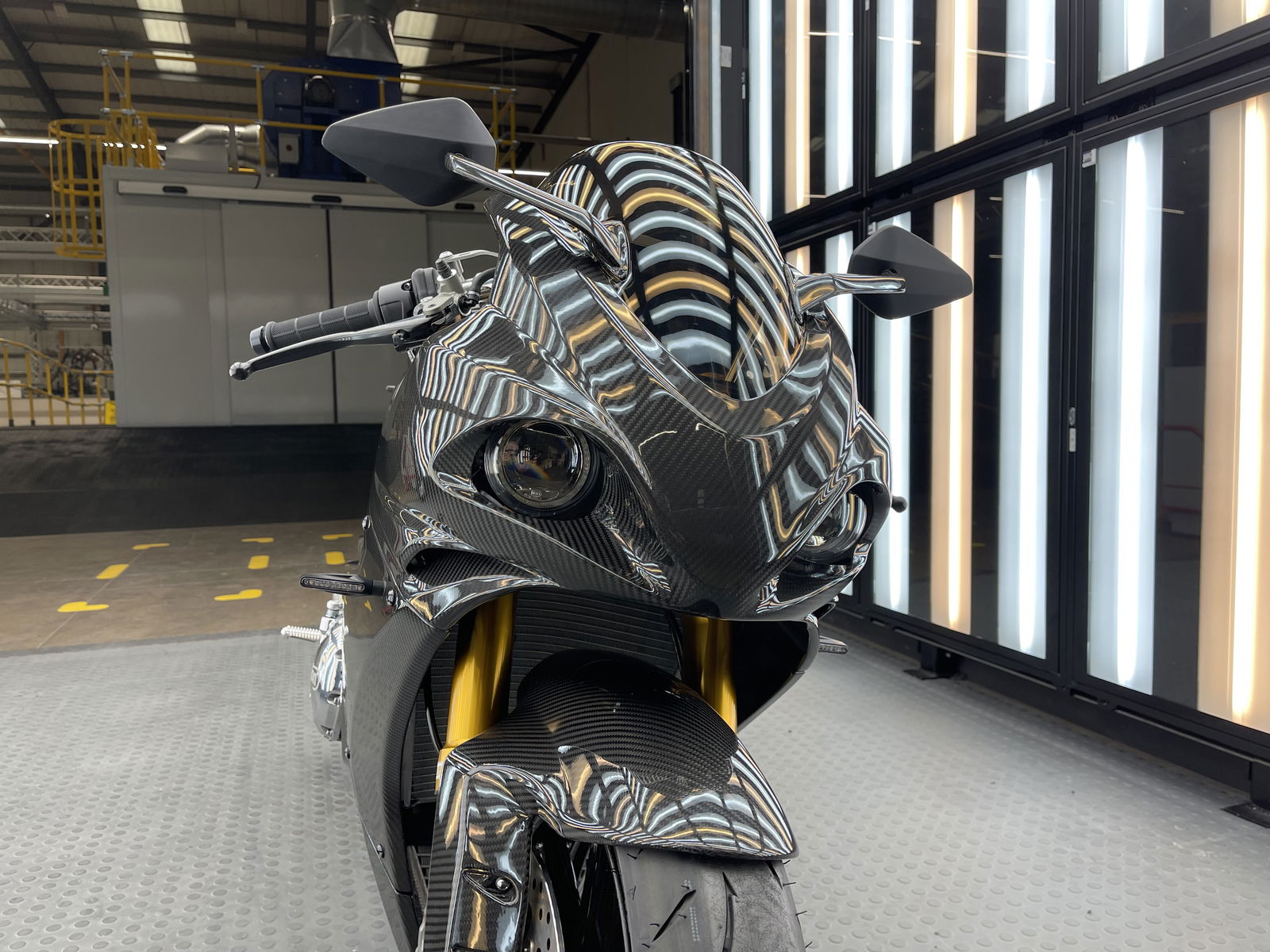Q&A Vayyar Interview | 4D motorcycle radar explained
We sat down with Ian Podkamien of Vayyar to find out what Advanced Rider Assistance Systems are and how they will shape the future of motorcycling
 - ARAS-ADAS Board.png?width=1600&aspect_ratio=16:9)
ADVANCED Rider Assistance Systems or ARAS is the collective term used for systems like radar-guided cruise control and blind-spot detection. And it’s fast becoming a key battleground which motorcycle manufacturers are fighting for supremacy of.
But what does ARAS mean, how do the systems work, and how will they be integrated into the bikes of tomorrow?
To find out, we sat down with Ian Podkamien, VP and head of Automotive at Vayyar Imaging, the market leader in 4D radar imaging for the automotive and medical sectors.
Yamaha R7 (2022) review
Visordown:
For those that don’t know, what is Vayyar and what do you do?
Ian Podkamien:
Well, to begin with, the meaning of Vayyar is to see. We [Vayyar] see things but in a different way. The company was founded in 2011, with the goal of bringing 4D radar imaging in a highly integrated way that is both very cost-effective while allowing many new types of applications.
One of Vayyar’s first projects was for the medical field, using radio waves for scans. One of the cool things about radio waves is they are able to penetrate things. It allowed us to see into and also through things. So, you can have installations in concealed ways that require no external lenses of antennas. That helps both with the aesthetics, but also with packaging, as you don’t need the sensor at a specific point with a line of sight.
 - ARAS Demo.png?width=1600)
VD:
What is it that makes the Vayyar imaging radar stand out from the systems already in the market?
IP:
Traditional radars today are a silicone chip, with a small number of transmit antennas and a small number of receive antennas – usually 2x4 (two transmit and 4 receive) of 3x4. That gives you a certain resolution. We have, with a single chip, more than 20 transmit and 20 receive antennas.
In simpler terms, If you scanned the inside of a vehicle with a traditional chip, a human in the vehicle would equate to just a couple of pixels. With a Vayyar based sensor, the same person would be thousands of pixels, greatly increasing the detail of the image.
This higher level of granularity will make it much easier for the system to define between a motorcycle and a car, or a bus, a child from an adult.
We also have a patented design that allows for a very wide field of view of almost 180 degrees.
.jpg?width=1600)
The radar sensor as found on the Ducati Multistrada V4
VD:
What are some of the challenges of integrating these types of systems on motorcycles?
IP:
Specifically, with bikes, it’s space. You don’t have a large grill to hide a large sensor. You need to have something much closer to the size of a credit card because the profile of the bike is much slimmer.
One of the reasons we are growing in this segment so quickly is because of the higher performance, all of the computing is done within the chip (no secondary system needed) the low cost, high resolution and the small form of the product that allows for easy packaging.
There are also a few questions that come from working in the motorcycle sector. The first is that a motorcycle leans into turns – four-wheeled vehicles don’t tilt as much in turns – the second is manoeuvring through traffic for instance. The final one is the speed, or more specifically the changes in speed.
With these challenges, you need to be very quick on the processing and the sensing to create a clear view of the world. It is very challenging.

VD:
You’ve mentioned there about keeping track of how far over the bike is leaning in a turn, how does the system get that information.
IP:
We can link to the IMU, although because of speeds [delay during transfer] its not the best idea so we place an IMU within the chip.
VD:
In the UK there is a lot of resistance to systems like radar and 4d imaging being added to motorcycles. How are you going to go about winning them over?
IP:
We aren’t trying to sell aftermarket solutions, but this is a trend in the industry around safety adoption in the motorcycle sector. There are already mainstream motorcycle manufacturers out there adding ARAS (Advanced Rider Assistance Systems) to their products, as long as it provides value.
People riding bikes want to feel control. They want to feel like they are on top of things, and that they have the full experience of riding. But all of these riders are also wearing gloves, protective clothing and a helmet… so they are not totally averse to safety. They want to have fun and have the protection to have fun. The safety net that our system can provide them with protection when they need it.
For instance, if the car in front of you slows rapidly. It will take you longer to react to that than it would for a sensor. If that sensor can now reduce the speed of the motorcycle along with some kind of alert – it could save your life. You aren’t missing out on any fun by crashing into the car in front of you.
I think as long as you are not forcing a fully autonomous system on people, the Vayyar system is only like another type of helmet, cornering ABS or traction control.

VD:
Motorcycles are evolving fast, supercharged bikes, electrification and so on. How are you keeping up with the pace of this change?
IP:
We are always evolving with the needs of the industry. It’s already pretty powerful, but it’s really just the tip of the iceberg. Further breakthroughs will come, but there has to be the need first.
VD:
I’ve ridden some bikes with ARAS fitted, 1290 Super Adventure and Multistrada V4 – there was a difference between them. The KTM system seemed smooth and intuitive, while the Ducati system trip up sometimes while in traffic. Without knowing the system used, could you shed some light on what was happening?
IP:
The fundamental difference is the technology used. Most radars use Doppler, going back to the start of the interview – it’s a low count antenna. That translates to a limited field of view, and the bike will see in a binary manner – there is either something there or nothing there.
We took a very different approach. We have a 180-degree field of view, and that is divided into two-degree sections. Each sector is analysed separately – both on the horizontal axis and vertically. It then becomes 4d because we have the X-axis and the Y-axis, the depth and also the speed of the objects.
VD:
What other advantages does the Vayyar system have?
IP:
It is like a camera scanning the environment although totally impervious to light or darkness, it will perform the same in fog and other weather, and the price point will be significantly cheaper than a camera-based system.
VD:
One of the features I loved about riding the ARAS adapted bikes was the blind spot detection system. Have you considered developing an aftermarket solution of that type?
IP:
We are currently a high volume company. Maybe with one of our tier one partners, we could look at developing an aftermarket solution. It’s definitely something to look into.
VD:
There was a news story on Visordown that featured the Tesla autopilot that struggled to differentiate between cars and bikes, and in some cases wouldn’t even ‘see’ bikes. Can the Vayyar system tell the difference between not just different vehicles but different groups of vulnerable road users?
IP:
If you take a modular approach (by using multiple chips) you can build up an ultra-high resolution. Our technology is used in homeland security, and with multiple combined chips, we can pick out a nano-sim from a mobile phone concealed in your pocket while walking through an airport for instance.
If the motorcycle industry requests that level of detail, and the technology allows it… like I said, this is just the tip of the iceberg!


